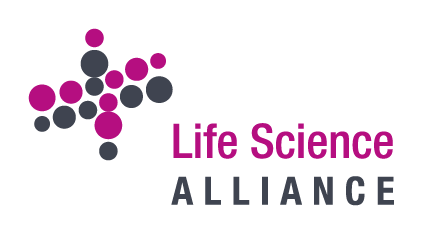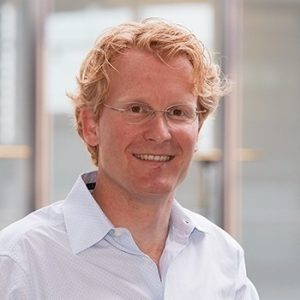
The Alliance aims to create synergies between EMBL and Stanford’s research communities and build on each other’s advances in the field.
The Alliance is committed to:
- Fostering cross-institutional knowledge transfer
- Increasing efficiencies in research
- Enabling high-risk projects
- Promoting exchange of staff and scientific collaboration
- Sharing expertise and cooperation
- Offering training and education to members of the research communities
- Engaging in outreach activities to inform about current developments in research
Leadership

The Life Science Alliance is led by Lars Steinmetz, Dieter Schwarz Foundation Endowed Professor, at Stanford University and Associate Group Leader in the Genome Biology Unit at EMBL.
As Director of the Alliance, Lars serves as a link between the Stanford School of Medicine, headed by Dean Lloyd Minor, and EMBL, headed by Director General Edith Heard. Lars oversees the Alliance and all of the ongoing activities and projects across both institutions.
Advisory Board
The scientific advisory is jointly composed of faculty from both EMBL and Stanford who provide advice on our scientific and strategic activities.
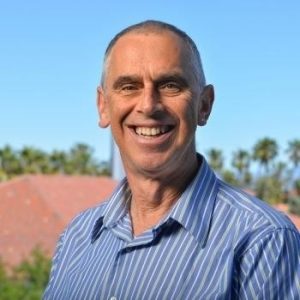
Russ Altman
Stanford
Russ is a Professor of bioengineering, genetics, medicine, and biomedical data science (and of computer science, by courtesy). His primary research interests are in the application of computing and informatics technologies to problems relevant to medicine. The helix lab studies how human genetic variation affects drug response.

Lars Steinmetz
EMBL & Stanford
Lars is the Director of the Life Science Alliance, a Professor of Genetics at Stanford University, Co-Director of the Stanford Genome Technology Center, and Associate Group Leader in the Genome Biology Unit at EMBL. His group develops and applies cutting-edge technologies to investigate the genetic basis of complex traits, the mechanisms of gene expression and disease biology.

Ami Bhatt
Stanford
Ami is an Assistant Professor of Medicine and Genetics at Stanford University School of Medicine. Her laboratory researches the interplay between the human microbiome and noncommunicable diseases, such as cancer and cardiometabolic disorders. Along with Franklin Huang, Ami is a co-founder and co-president of the non-profit organization Global Oncology.

Jan Ellenberg
EMBL
Jan is the Head of the Cell Biology & Biophysics Unit and a Senior Scientist at EMBL Heidelberg. His research interests are widespread, with the overall goal of systematically elucidating the mechanisms underlying cell division and nuclear organisation. Jan also acts as the Scientific Coordinator for Global Bioimaging which seeks to create a global network of state-of-the-art imaging research infrastructures.
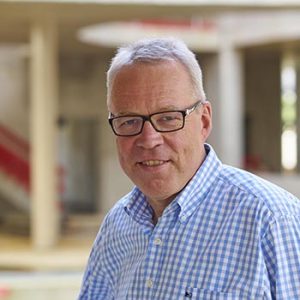
Matthias Wilmanns
EMBL
Matthias is a senior scientist at EMBL Hamburg . He is also the Director of the Center of Structural Systems Biology and a Professor at the Hamburg University Clinical Center Eppendorf. His group investigates a variety of protein-ligand complexes within the context of biological systems using a broad range of molecular and structural biology techniques.

Gautam Dey
EMBL
Gautam started his group at EMBL in early 2021, after a postdoc in London working on the evolution of cell division with Buzz Baum. Gautam holds a PhD in systems biology from Stanford University and a research MSc. from the National Centre for Biological Sciences in Bangalore, India. Gautam is an ERC Investigator (2023-2028) and a previous holder of a Marie-Sklodowska Curie postdoctoral fellowship (2017-2018) and a Stanford Graduate Fellowship in Science and Engineering (2009-2012).
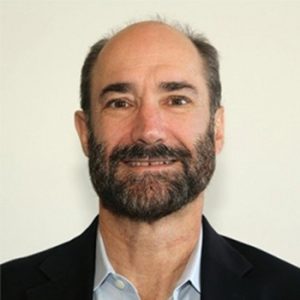
Mike Snyder
Stanford
Michael Snyder is a Stanford Ascherman Professor and Chair of Genetics and the Director of the Center of Genomics and Personalized Medicine. He is a leader in the field of functional genomics and proteomics, and one of the major participants of the ENCODE project. The Snyder lab develops a variety of approaches to analyze genomes, other omes, and regulatory networks to understand human variation and health.
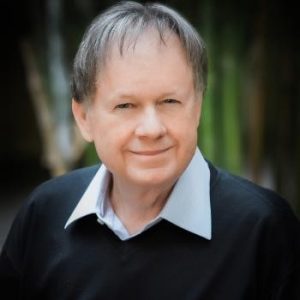
Keith Hodgson
Stanford
Keith is a Professor of Chemistry and Photon Science at Stanford, where he chairs the Department of Chemistry. The Hodgson Lab focuses on how molecular structures relate to biological and chemical function, using a variety of x-ray absorption, diffraction and scattering techniques. Keith has preivously served as SSRL Director, SLAC National Accelerator Laboratory Deputy Director and Associate Laboratory Director for Photon Science.

Emma Lundberg
Stanford
Emma is Associate Professor of Bioengineering and Pathology at Stanford University, and Director of the Cell Atlas, of the Human Protein Atlas program. In the interface between bioimaging, proteomics and artificial intelligence her research aims to define and model the spatiotemporal subcellular architecture of the human proteome, to understand how variations in protein expression patterns contribute to cellular function and disease.
